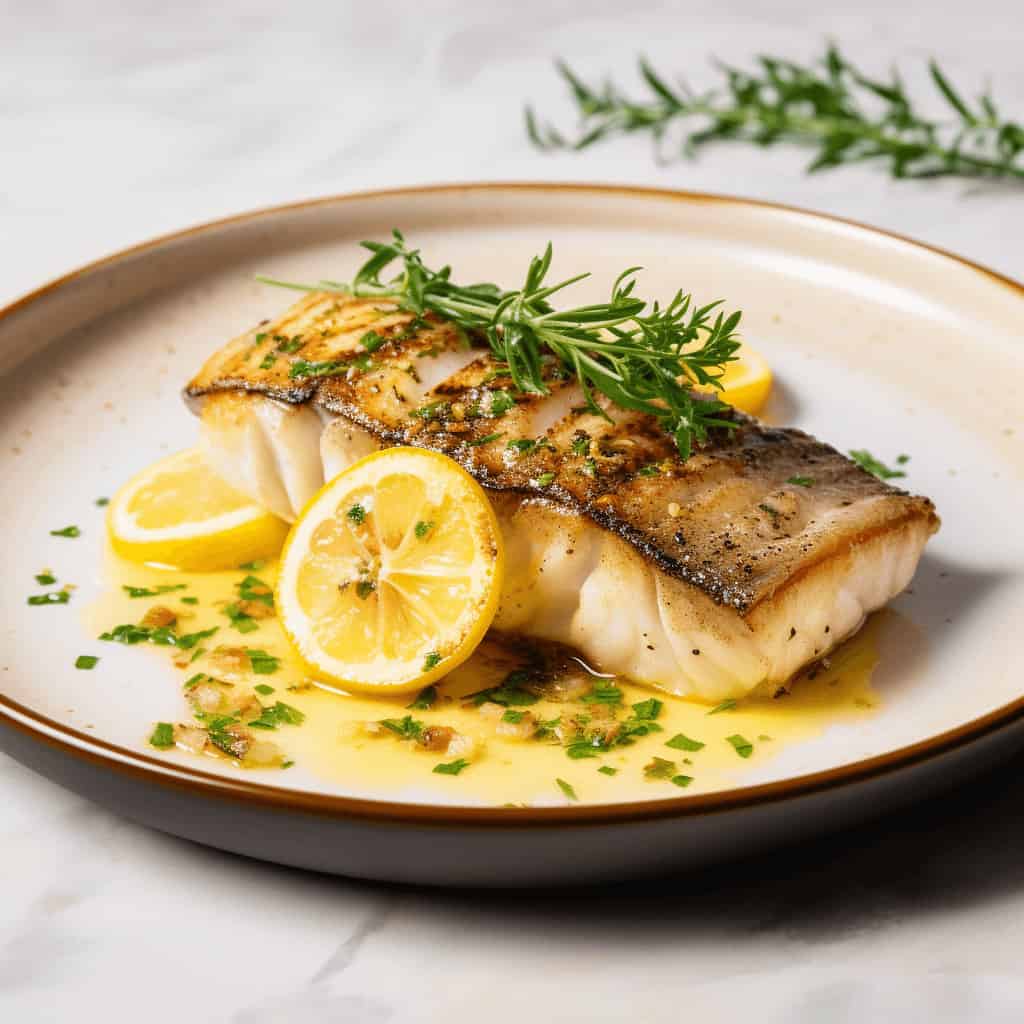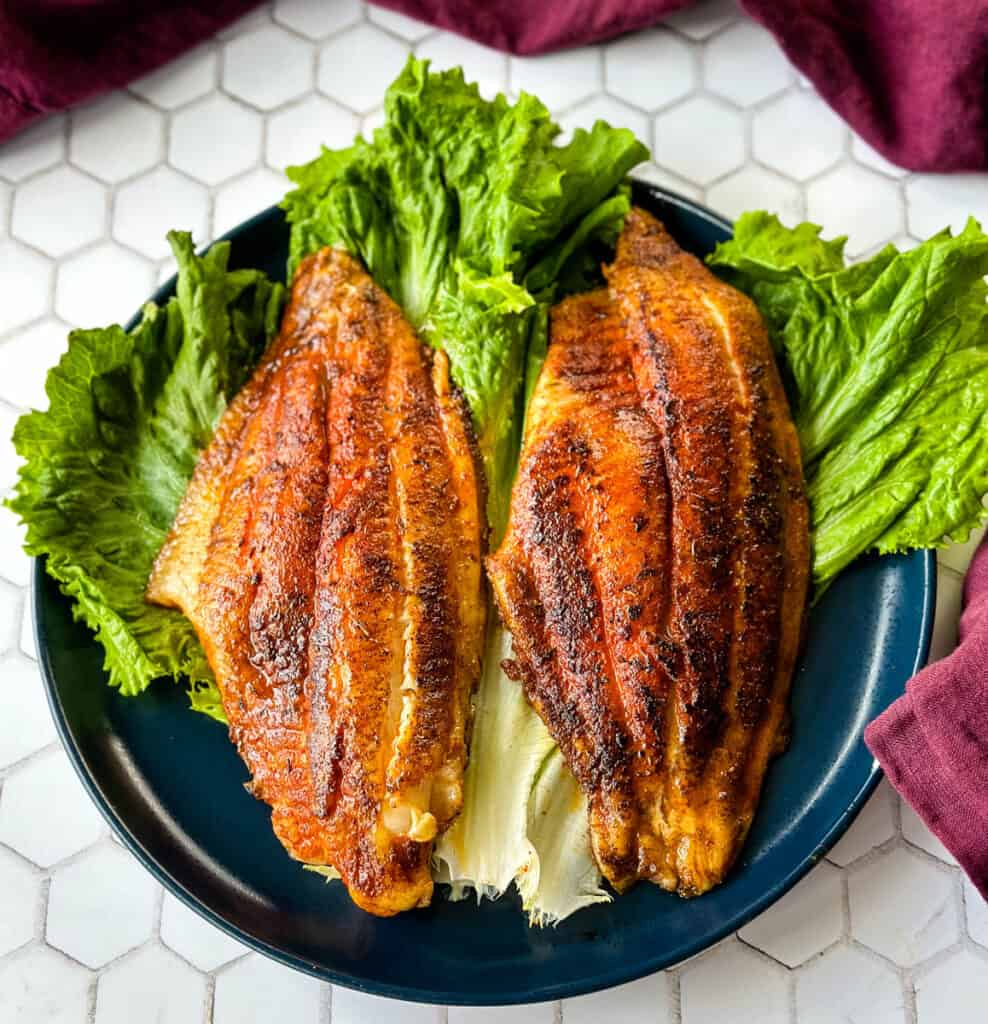Bass, a prevalent choice among both anglers and culinary enthusiasts, offers a rich tapestry of flavors and textures whether sourced from freshwater or the briny depths of the sea. This article delves into the essence of bass as a dietary staple, addressing common inquiries regarding its edibility, nutritional profile, and providing a suite of recipes designed to elevate this versatile fish to gourmet status.
Can You Eat Bass? Is Bass Edible? Separating Myth from Fact
Indeed, bass is not only edible but also celebrated for its succulent, white flesh that embodies a perfect canvas for a variety of cooking methods. Despite prevailing myths about its palatability, which often stem from incorrect preparation or environmental factors affecting taste, bass emerges as a superior choice for those in pursuit of culinary excellence. It’s imperative, however, to source bass that’s free from contamination to ensure both safety and delight in every bite.
The Nutritional Spectrum of Bass
Beyond its taste, bass is lauded for its nutritional bounty—rich in protein, omega-3 fatty acids, and a plethora of vitamins and minerals such as Vitamin D and potassium. These elements are pivotal in promoting heart health, diminishing inflammation, and bolstering overall health, making bass a smart addition to any diet.
Preparing Your Catch
Before embarking on culinary exploits, mastering the art of bass preparation is fundamental. This includes proficient cleaning, descaling, and filleting, setting the stage for a myriad of cooking adventures. Whether opting for grilling, baking, frying, or steaming, each technique unveils unique dimensions of flavor and texture inherent to bass.
Catch and Cook Bass Video
Culinary Inspirations: Recipes for Bass
Classic Grilled Bass with Herbs: Infuse bass with a blend of olive oil, lemon juice, and aromatic herbs like thyme or dill before grilling to perfection. Accompany with grilled vegetables for a complete, nutritious meal.
Baked Bass with Citrus and Vegetables: Embrace a healthier route by baking bass amidst a citrus and vegetable ensemble, ensuring a moist, flavor-rich experience that highlights the fish’s natural virtues.
Enhancing Your Bass Culinary Journey
Selecting the Perfect Bass: Aim for fresh, sustainably caught bass, with freshwater variants like largemouth bass offering a mild taste, and saltwater species like sea bass bringing a hint of sweetness to the palate.
Pairing with Complementary Sides: Bass’s adaptability means it pairs splendidly with an array of sides—be it light salads, steamed greens, or heartier choices like roasted potatoes or polenta, crafting an elevated dining experience.
Transforming Perceptions: Bass Beyond Sport
While bass is often heralded for the sporting challenge it presents, its gastronomic potential remains unduly overshadowed. Moving past misconceptions surrounding taste and conservation, bass is unveiled as a culinary delight. With proper care from catch to kitchen, bass reveals a delicate, flaky texture that serves as an ideal foundation for culinary exploration.
Bass Recipes to Discover
Here are two versatile recipes to showcase the culinary potential of bass:
Pan-Seared Bass with Lemon Butter Sauce

A testament to simplicity, this dish accentuates bass’s subtle flavors, enhanced by a zesty lemon butter sauce.
- Serving size: 1 bass fillet (approximately 6 oz cooked weight)
- Estimated calories: 250-300
- Estimated protein: 30-35 grams
- Estimated fat: 10-15 grams (depending on the amount of oil used)
- Estimated carbohydrates: 5-10 grams
- Prep time: 15 minutes
- Cook time: 5 minutes
Ingredients:
- 2 bass fillets
- Salt and pepper to taste
- 1 tablespoon olive oil
- 2 tablespoons butter
- 1 tablespoon lemon juice
- Chopped fresh parsley (optional)
Instructions:
- Season bass fillets with salt and pepper.
- Heat olive oil in a pan over medium-high heat.
- Sear fillets for 2-3 minutes per side, or until golden brown and flaking easily.
- Melt butter in the pan and add lemon juice.
- Spoon the sauce over the cooked fish and garnish with parsley (optional).
Crispy Baked Bass with Cajun Spice

For those favoring a kick, this recipe transforms bass with a vibrant Cajun crust, marrying crunch with succulence. This recipe adds a bold twist to the classic fish fry.
- Serving size: 1 bass fillet (approximately 6 oz cooked weight)
- Estimated calories: 300-350
- Estimated protein: 30-35 grams
- Estimated fat: 15-20 grams (depending on the amount of oil used)
- Estimated carbohydrates: 20-25 grams (due to the flour coating)
Ingredients:
- 2 bass fillets
- 1/2 cup buttermilk
- 1/4 cup all-purpose flour
- 1 tablespoon Cajun seasoning
- Vegetable oil for frying
Instructions:
- Soak bass fillets in buttermilk for 30 minutes.
- Combine flour and Cajun seasoning in a shallow dish.
- Dredge-soaked fillets in the seasoned flour mixture.
- Heat oil in a pan over medium-high heat.
- Fry fillets for 2-3 minutes per side, or until golden brown and cooked through.
Please Note: This information is for informational purposes only and should not be considered a substitute for professional dietary advice.
Final Thought: Can You Eat Bass?
Bass stands as a testament to the culinary arts, offering both nutritional value and a broad spectrum of flavors to those willing to explore its potential. By adhering to sustainable fishing and mindful preparation, the journey from water to plate becomes an enriching experience, inviting both chefs and diners to reconsider bass not just as a trophy, but as a treasure of the table.

